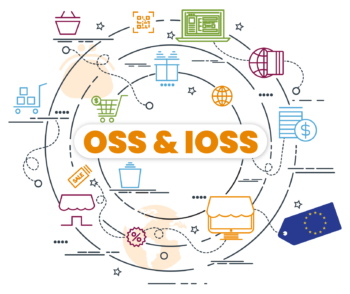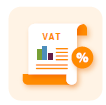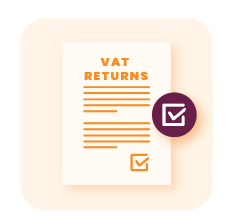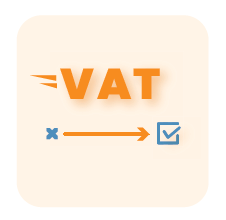Digital Services and E-Commerce in Spain
Six months following the approval of the Digital Services Tax (DST), the Spanish government has issued regulatory guidelines for its implementation. Initially proposed in October 2019 and adopted in October 2020, the Spanish Council of Ministers’ draft bill on DST faced delays due to its complexity and the need for further consultation. Consequently, the enforcement date was deferred to July 1, allowing taxpayers to adapt and lawmakers to finalize the regulatory framework.
Learn more about digital services and Ecommerce in Spain in our comprehensive guide below.
Selling in Spain?
New VAT rules – 1 July 2021
The new EU VAT rules, effective from July 1, 2021, brought significant changes, particularly for intra-EU internet sales. These changes include:
1. Elimination of Distance Selling Thresholds: The previous distance selling thresholds were abolished and replaced by a unified annual distance sales limit of EUR 10,000 applicable across all EU countries. This threshold encompasses the total cross-border sales revenue of a company within the EU. As a result, businesses engaged in B2C sales of goods from Spain to other EU member states, or from other EU states to Spain, and exceeding this threshold, are subject to the new regulations.
2. One-Stop-Shop (OSS) System for the EU:
-
- The OSS system was introduced to simplify the VAT compliance process for businesses, eliminating the need for them to register for VAT in each EU member state where they sell.
- Sellers or retailers registered under the OSS can declare and pay VAT in the customer’s destination country for cross-border sales.
- The OSS system is applicable to distance sales of goods shipped from one EU Member State to private consumers in another, and for the supply of VAT-exempt services to private customers in the EU Member State where the services are consumed.
3. Import One Stop Shop (IOSS) for Low-Value Imports:
- The IOSS applies to sales of goods to private consumers that are imported from third countries, as long as the value of these items is less than EUR 150.
- This system aims to streamline the VAT process for low-value imports, making it easier for businesses and consumers alike.
These new rules are designed to simplify VAT obligations for businesses engaged in cross-border sales within the EU and to adapt to the growing e-commerce sector.
Corrections of Former Transactions
Corrections to previous transactions in Spain may result in underpayment or overpayment of input VAT. Corrections to prior VAT returns may be required in certain circumstances.
There may be one of the following scenarios as a result of the corrections:
A correction of the production VAT amounts mistakenly charged by the supplier as a result of:
- Circumstances that necessitate an adjustment to the taxable amount initially disclosed, such as the return of packaging material or later discounts.
- Errors committed when the output VAT was charged.
In this case, a corrected invoice should indicate the respective correction of input VAT.
Specific rules apply depending on whether the correction implies an increase or a decrease in the output VAT charged in the past. Normally, cases can be corrected through regular VAT returns, subject to certain time limit requirements, namely one year as of the date the mistake has been detected and always before the status of the limitation period.
VAT underpayment cases may require the following voluntary disclosure procedures and paying special surcharges and delay interest. Some cases require requesting the VAT refund when there has been a VAT overpayment. In certain specific cases, the overpayment can be corrected in the next VAT return. For example, if a taxable person charged the general VAT rate on a supply of goods, but the General Directorate of Taxes clarifies through rulings that it should have charged a reduced VAT rate, the person can issue a corrective invoice and the VAT overpaid can be included in the next VAT returns, thus reducing the net VAT to be paid in that period.
A correction of the input VAT amount incorrectly deducted: The same distinction can be made when input VAT needs to be corrected due to events that occurred after the taxable event and other mistakes. In general terms, input VAT can be corrected through the regular VAT returns. In contrast, in the latter cases, a voluntary disclosure procedure may need to be followed to pay the resulting VAT underpayment, paying surchargers and delay interest.
Last Updated: 13/12/2023
Disclaimer
The information provided by Global VAT Compliance B.V. on this webpage is intended for general informational purposes only. Global VAT Compliance B.V. is not responsible for the accuracy of the information on these pages, and cannot be held liable for claims or losses deriving from the use of this information. If you wish to receive VAT related information please contact our experts at support@gvc.tax









